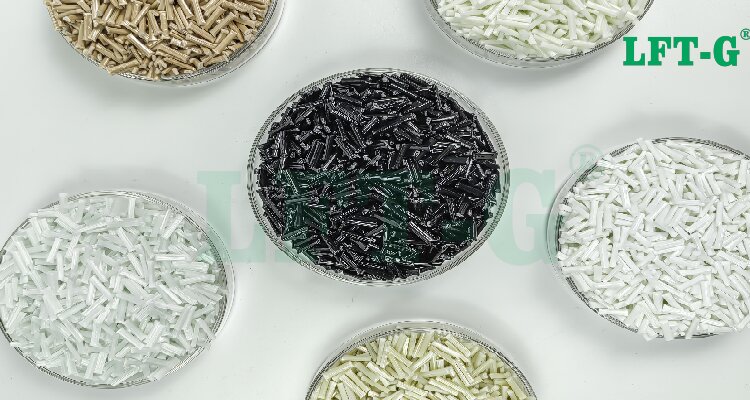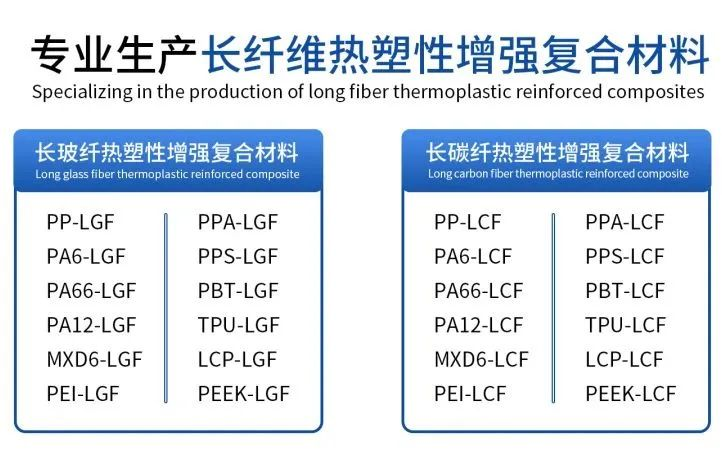new blog

In the design process of composite materials, a series of important factors must be considered to ensure the performance, safety, and cost-effectiveness of the final product. These factors include material selection, structural design, manufacturing processes, environmental impact, and cost analysis. This article will discuss these key factors in detail and explain their importance in the design of composite materials.
1. Material Selection
The design of composite materials begins with the selection of suitable matrix materials and reinforcement materials. Matrix materials are typically polymers, metals, or ceramics, while reinforcement materials include fibers, particles, or sheets. The choice of these materials depends on the application environment and performance requirements of the final product. For example, composite materials that need to withstand high-temperature environments should use matrix and reinforcement materials with high thermal stability. In addition, factors such as material compatibility, interfacial performance, and mechanical properties are also important considerations in material selection.

(LFT-G® Carbon and Glass-Fiber Filled Compounds)
2. Structural Design
Structural design is a key aspect of composite material design. Through reasonable structural design, the advantages of composite materials can be fully utilized to achieve lightweight, high-strength, and high-stiffness products. In structural design, factors such as the material's mechanical behavior, thermal expansion coefficient, fatigue resistance, and corrosion resistance must be considered. Additionally, structural analysis and optimization should be carried out based on the product’s operating conditions and load requirements to ensure the safety and stability of the composite material structure.
3. Manufacturing Process
The manufacturing process of composite materials significantly influences the performance and quality of the final product. When selecting a manufacturing process, factors such as the characteristics of the material, the requirements of the structural design, and production costs need to be considered. Common composite material manufacturing processes include compression molding, filament winding, pultrusion, and injection molding. These processes have different characteristics and applications, so selection should be based on specific circumstances. Furthermore, controlling and optimizing the manufacturing process is also key to improving the performance of composite materials.
4. Environmental Impact
site materials can be affected by environmental factors such as temperature, humidity, and ultraviolet (UV) light during use. These factors may lead to performance degradation and failure of the composite materials. Therefore, when designing composite materials, the impact of environmental factors should be fully considered, and materials and processes with excellent environmental adaptability should be chosen. In addition, environmental testing and evaluation of the composite materials are necessary to ensure their stable performance under harsh conditions.
5. Cost Analysis
Cost analysis is an important part of composite material design. By estimating and analyzing the costs of raw materials, manufacturing processes, production equipment, and other factors, economic support for the composite material design can be provided. During cost analysis, factors such as material costs, production efficiency, market demand, and competitor costs should be considered comprehensively. Through reasonable cost analysis, optimized solutions for composite material design can be provided, reducing production costs and improving market competitiveness.
About LFT Materials
Long fiber reinforced composites can solve your problems when other methods of reinforced plastics do not provide the performance you need or if you want to replace metal with plastic. Long fiber reinforced composites can cost-effectively reduce the cost of goods and effectively improve the mechanical properties of engineering polymer. Long fibers can be uniformly distributed inside the product to form a network skeleton, thus improving the mechanical properties of the material product.
